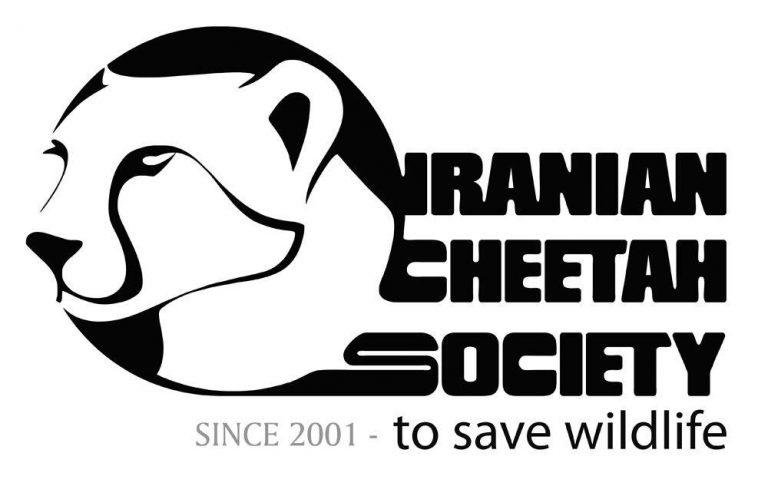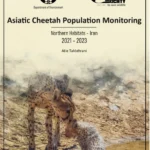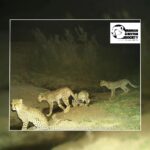During 2008, at least 13 Persian leopards were killed in Iran due to various human-related factors which direct killing accounted for 12 (92%) of mortalities. This high mortality rate of the leopards implies critical status of the significant big cat in the country and alarms a gloomy future for the endangered Persian Leopard. Meanwhile, high mortality rate of leopards in recent years sometimes has been interpreted as an indicator of population increasing and good status by some of the Iranian experts.
According to studies on reproductive ecology of the Persian leopard in Iran conducted by the ICS, the predator rarely raises more than two cubs to the second year- the year of independence from mother- in most cases in Iran and most of accompanying litters are just one cub. Comparing Persian leopards and Asiatic cheetahs, the average of cubs in companion of mother in the Asiatic cheetahs is over two cubs per mother. Accordingly, it seems that the Persian leopard has a lower breeding rate. On the other hand, the recent droughts probably has had a significant role to limit population growth of ungulates as preys for leopards. Therefore, it is not logical to expect having suitable natural circumstances for the leopards to increase their population. With no conservation reinforcement plus human population pressure, any potential hope is going blur.
Since the major incidents of leopard kills have been occurred near the human settlements, however, it implies absence or lack of natural preys for the cat in higher elevations and consequently they approach the human settlements in search for food. So, this is clearly not a sign of increasing of their population. On the other hand, the increasing conflict between local communities and the leopards has led to misunderstanding that the leopards have increased, but the population of Persian leopards in Iran is diminishing rapidly.








